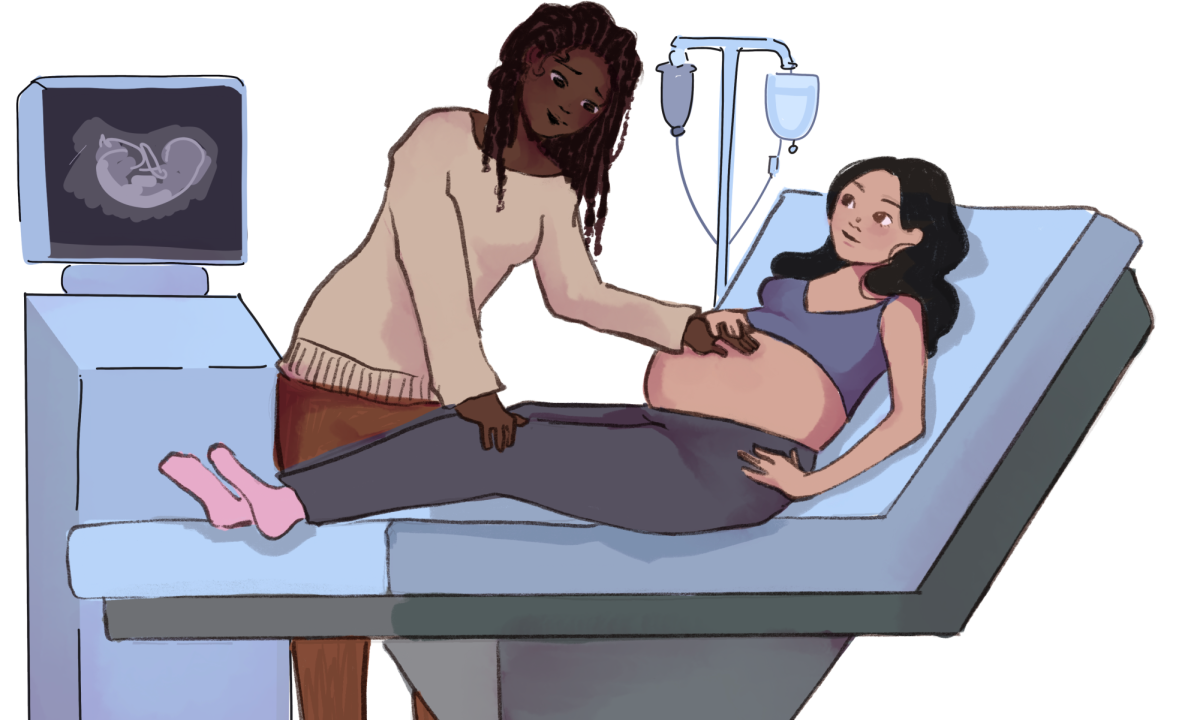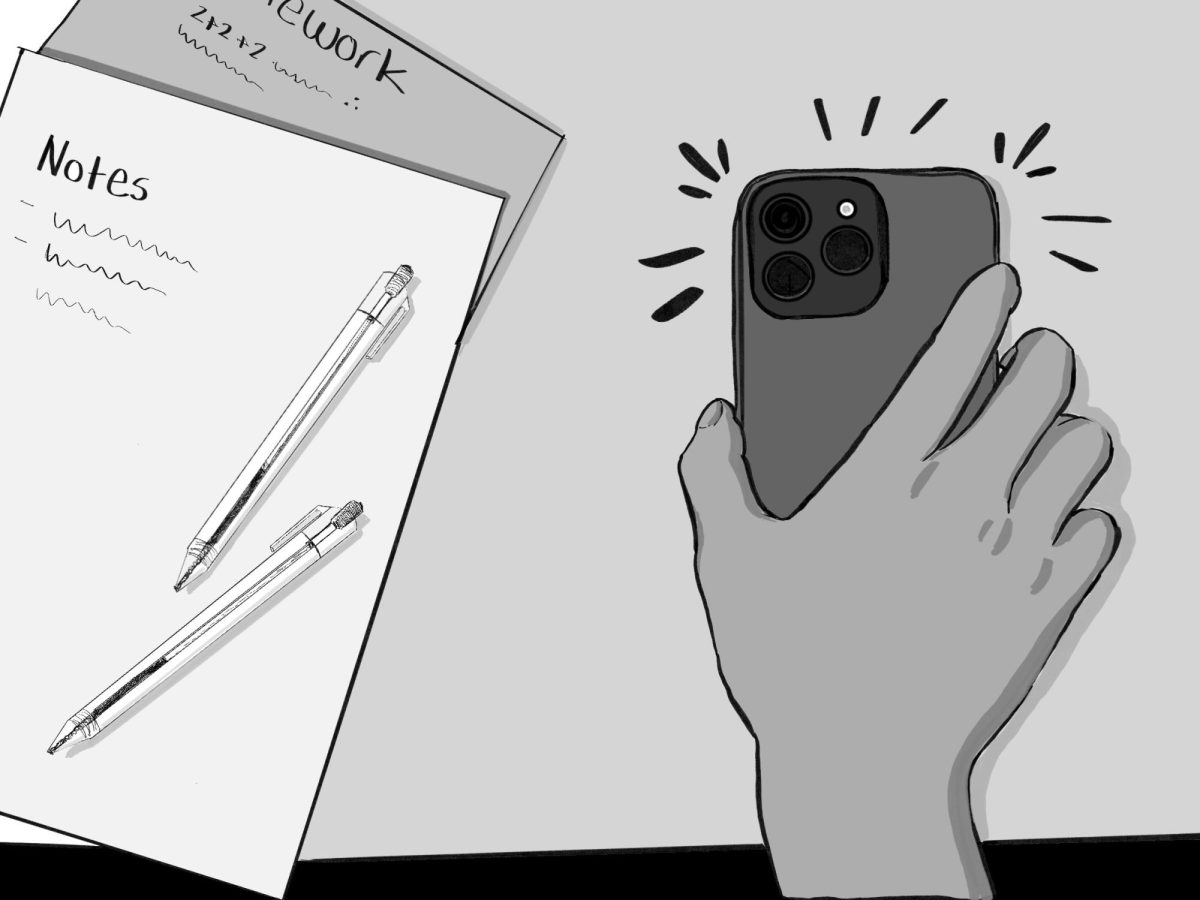The United States is supposedly the most developed nation in the world, yet one look at the country’s poorly-structured healthcare system indicates otherwise.
Although the enactment of the Affordable Care Act (ACA) in 2010 made important strides for healthcare accessibility by offering insurance subsidies to low-income families, 29 million Americans still lack healthcare coverage altogether, according to a Gallup poll.
This problem is not a minor oversight; rather, the widespread lack of healthcare coverage is embedded within the very structure of the U.S. healthcare system. Because private insurance companies have the power to set premiums at unreasonable prices, poor families with incomes barely above the threshold for ACA subsidies risk losing access to necessary medical treatments and procedures.
The best solution to the issue is single-payer healthcare in which the federal government is the sole financial contributor and provider of medical services. A socialized program of this sort would certainly be effective.
A 2012 study conducted by the New England Journal of Medicine found that three states with substantial Medicaid increases were more effective at minimizing disease and infection-related deaths than neighboring states. Additionally, Canada’s universal healthcare system proves that, even in large and decentralized states, government-sponsored medical programs can be managed and organized properly.
Although many are quick to label single-payer healthcare as economically unwise, this position relies on an idealized and inaccurate vision of the current U.S. healthcare system.
The current decentralized model has created a patchwork of public and private healthcare, which results in a significant waste of resources, according to Ed Weisbart, assistant professor of clinical medicine at Washington University in St. Louis.
Additionally, according to City University of New York health policy professor David Himmelstein, the excessive resources given to the U.S. healthcare industry results in a direct trade-off with the wellbeing of other industries. Single-payer healthcare is a cure to both of these flaws.
Another counterargument to single-payer healthcare is that such a program stifles the private sector’s ability to innovate.
However, this argument is oblivious to reality, as non-profit, publicly-funded research is largely responsible for producing the latest groundbreaking medical innovations, as Harvard Medical School professor Aaron Kesselheim writes.
Similarly, while privately-produced insulin and EpiPen technologies have seen no drastic improvements, their prices have surged throughout the past decade. This demonstrates the necessity of government intervention in the healthcare industry.
The U.S. can take two courses of action as the healthcare predicament festers: either address the symptoms of a broken system with small-scale reforms or stop the virus at its core by enacting single-payer healthcare.
Failure to embrace nationalized healthcare will continue to leave 29 million lives on the line.
Click here to read Assistant Sports Editor Lucas Lee’s counterpoint.




























